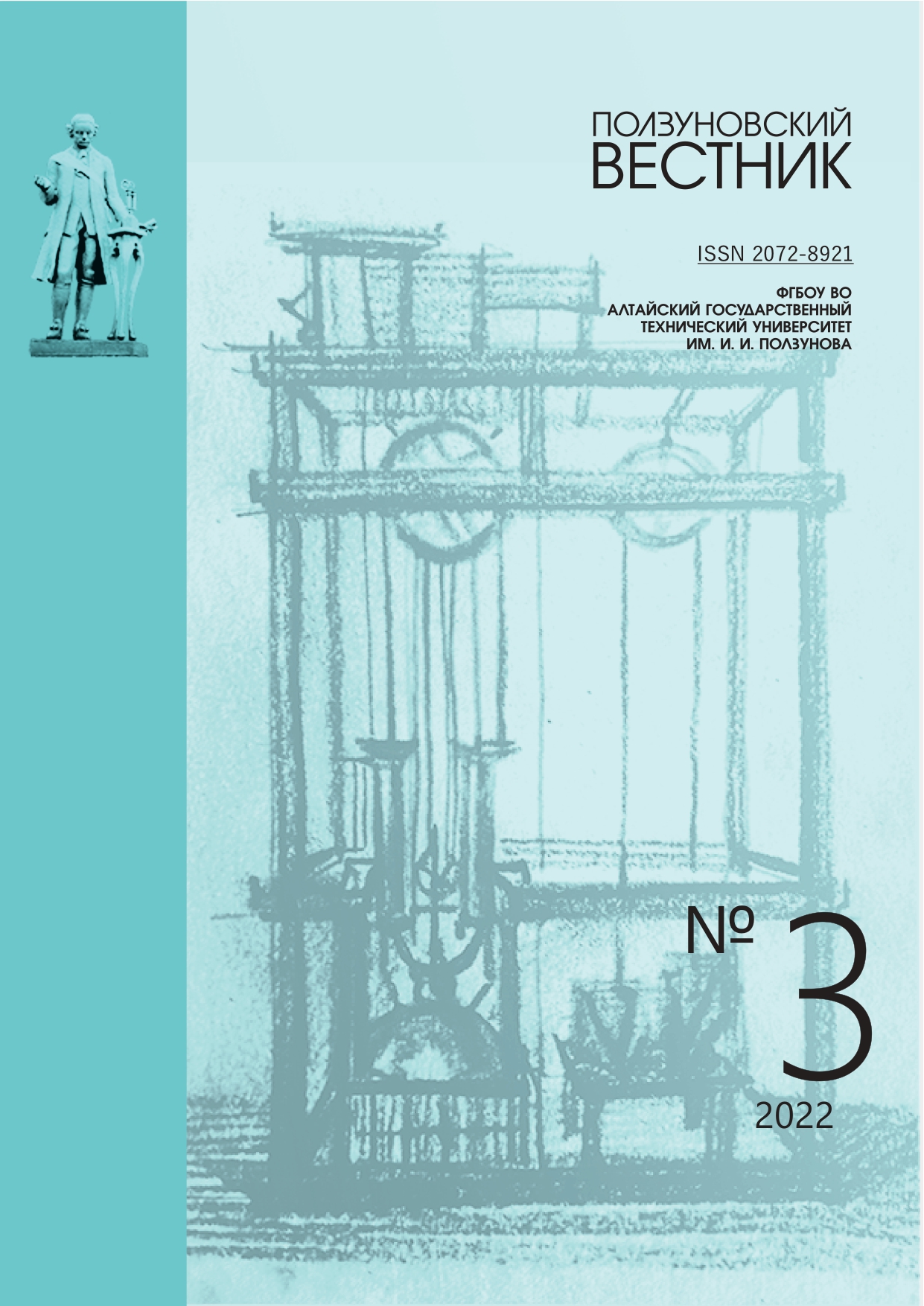SCREENING AND RESEARCH OF PRODUCERS OF MILK-COAGULATING ENZYMES AMONG CULTURES OF HIGHER BASIDIOMYCETES
EDN: LFMEJT
DOI:
https://doi.org/10.25712/ASTU.2072-8921.2022.03.024Keywords:
higher fungi, culture liquid, enzymes, milk-coagulating activity, proteolytic activity, microfiltration, ultrafil-tration, nutrient medium, deep cultivationAbstract
Milk-coagulating enzymes are widely used in the production of cheeses and fermented milk products, such as cottage cheese, yogurt, sour cream. The choice of the enzyme is determined by the yield and taste characteristics of the resulting product. At the same time, the most important characteristics of the enzyme are substrate specificity, the level of total milk-coagulating and proteolytic activity. Due to the shortage and high cost of rennet, enzymes obtained from mushroom cultures are practiced in the food industry. The aim of the work is to screen and study producers of milk-coagulating enzymes among cultures of higher basidial fungi. The article presents the results of research on the selection of producers of milk-coagulating enzymes. The highest indicator of milk-coagulating activity was found in the culture of Piptoporus betulinus (19.4 units/ml) compared to Hericium coralloides (13.4 units/ml), Hericium erinaceus (5.7 units/ml), Coprinus comatus (3.4 units/ml) and Grifola frondosa (3.2 units/ml). The composition of the nutrient medium for the cultivation of mycelium of fungi with the highest MCA has been established, which includes the following components, %: beet molasses (30), NH4NO3 (1.5), КН2РО4 (0.4), MgSO4×7H2O (0.05), distilled water (up to 1000 ml). It was found that micro- and ultrafiltration of culture fluid allows to increase the level of milk-coagulating activity of P. betulinus by 26.8 % and 96.4 %, H. coralloides by 13.4 % and 67.9 %, respectively. The ratio of milk-coagulating to proteolytic activity ranges from 298 to 568, which makes it possible to recommend a culture liquid for the development of an enzyme preparation used in cheese making.
References
Cirium V.C., Vidya C., Rani A., Singh S.A. Production of highly active fungal milk-clotting enzyme by solid-state fermentation // Preparative Biochemistry and Biotechnology. 2019. V. 49 (9). Р. 858-867. Doi: 10.1080/10826068.2019.1630647.
Lebedev L.R., Kosogova T.A., Teplyakova, T.V., Kriger A.V., Elchaninov V.V., Belov A.N., Koval' A.D. Study of technological properties of milk-clotting enzyme from Irpex lacteus (Irpex lacteus (Fr.) Fr.) // Foods and Raw Materials. 2016. V. 4. №2. P. 58-65. DOI: 10.21179/2308-4057-2016-2-58-65.
Lebedeva G.V., Proskuryakov M.T. Purification and characterization of milk-clotting enzymes from oyster mushroom (Pleurotus osteatus (Fr.) Kumm) // Applied biochemistry and microbiology. 2009. V. 45. P. 623-625.
Shamtsyan M., Dmitrieva T., Kolesnikov B., Denisova N. Novel milk-clotting enzyme produced by Coprinus lagopides basidial mushroom // Lebensmittel-Wissenschaft und-Technologie. 2014. V. 58 (2). P. 343-347. DOI: 10.1016/j.lwt.2013.10.009.
Zagnitko Yu.P. Some physical and chemical properties of enzymic preparations derived from strain V-02 of Irpex lacteus FR. Immunology // Allergology, Infectiology (Section: Fingal biotechnologies in medicine and industry). 2010. №1. P. 249-250.
Билай В.И. Методы экспериментальной микологии. Киев: Наукова думка, 1982. 552 с.
Вишняков В.А., Хабаров Ю.Г., Камакина Н.Д. Сравнение методов определения редуцирующих веществ: метод Бертрана, эбулиостатический и фотометрический методы // Химия растительного сырья. 2008. №4. С. 47-50.
Kawai М. Studies on Milk Clotting Enzymes Produced by Basidiomycetes // Agricultural and Biological Chemistry. 1971. V. 35 (10). P. 1517-1525. DOI: 10.1080/00021369.1971.10860118.
ГОСТ 20264.2-88. Препараты ферментные. Методы определения протеолитической активности. Москва: Стандартинформ, 1989. 15 с.
Kishimoto M., Nakamura K., Kanemaru K., Tasaki T., Nakamura T., Sato K., Tanimoto M. Crude enzymes from a Hericium edible mushroom isolated in Japan: variability in milk-clotting activity and the ability to coagulate ultra-high-temperature pasteurized milk // Food science and technology Research. 2018. V. 24 (1). P. 139-143. Doi: 10.3136/fstr.24.139.
Sato K., Goto K., Suzuki A., Miura T. Characterization of a Milk-clotting Enzyme from Hericium erinaceum and Its Proteolytic Action on Bovine Caseins // Food Science and Technology Research. 2018. V. 24 (4). P. 669-676. Doi: 10.3136/fstr.24.669.
El-Baky H.A., Linke D., Nimtz M., Berger R.G. PsoP1, a milk-clotting aspartic peptidase from the basidiomycete fungus Piptoporus soloniensis // Journal of Agricultural and Food Chemistry. 2011. V. 59 (18). P. 10311-10316. Doi: 10.1021/jf2021495.
Yin C., Zheng L., Chen L., Tan Q., Shang X., Ma A. Cloning, expression, and characterization of a milk-clotting aspartic protease gene (Po-Asp) from Pleurotusostreatus // Applied biochemistry and biotechnoogy. 2014. V. 172. P. 2119-2131. DOI: 10.1007/s12010-013-0674-4.
Salomao R.M., Larissa S.C.S., Leilane B. de S., Edson J. do C., Mircella M.A., Marne C. de V., Maria F.S.T. Teixeira Pleurotus albidus: A new source of milk-clotting proteases // African Journal of Microbiology Research. 2017. V. 11 (17). P. 660-667. DOI: 10.5897/AJMR2017.8520.
Downloads
Published
How to Cite
Issue
Section
License
Copyright (c) 2022 Denis V. Minakov, Yana V. Urazova, Anastasiya A. Minakova

This work is licensed under a Creative Commons Attribution 4.0 International License.















 .
. This work is licensed under a
This work is licensed under a 
